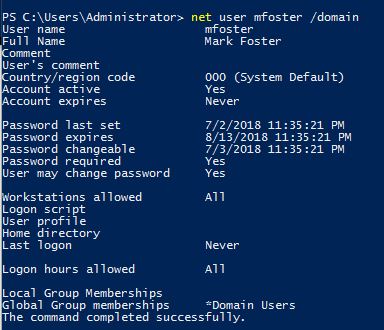For Server Admin who familiar with Windows Server 2000 & 2003, you may be still remember about RENDOM utility, which is this use to rename Windows 2000 @ 2003 domain name and have to install manually.
But in Windows Server 2012 domain you don’t have to separately install “Rendom” utility.
It gets installed as part of “Active Directory Domain Services” role when you promote a server to the DC role. And It can be found here: %windir%\system32\rendom.exe.
For this time Simple Guide, I will show you all how to rename domain name in Windows Server 2012, the process is straightforward.. but as usual.. backup any necessary information @ Server before you proceed & I always advise especially to my students, please do this exercises in LAB Environment (Hyper-V). Don’t simply take any risk by doing this is a production environment unless you have to!!.
For this exercises, I’m using MCT courseware from 20410B (Installing and Configuring Windows Server 2012).
The existing domain is ADATUM.COM and I will rename it to CPX.LOCAL.
So, let get started…
1 – Open your System Properties and check your existing domain name, if you see from my Windows Server 2012 system properties, my existing domain name is Adatum.com. This will be changed to cpx.local in the short while.

Continue reading “Simple Guide : How to Rename Domain Name in Windows Server 2012?” →





